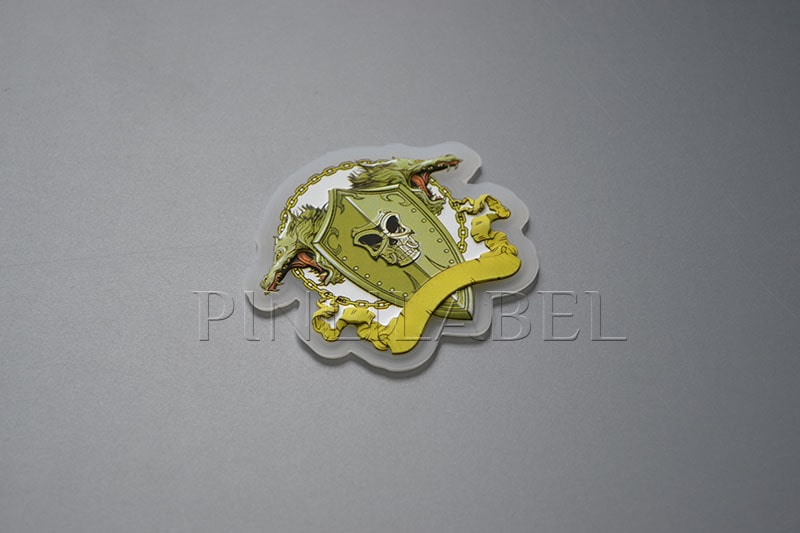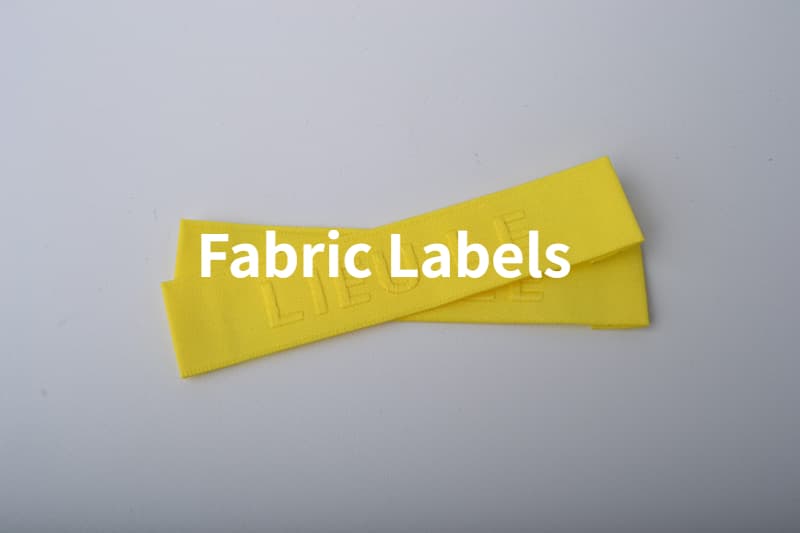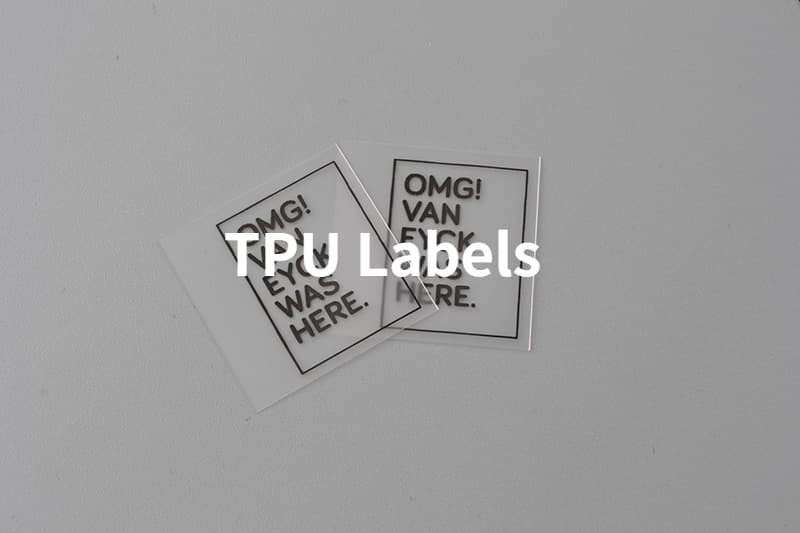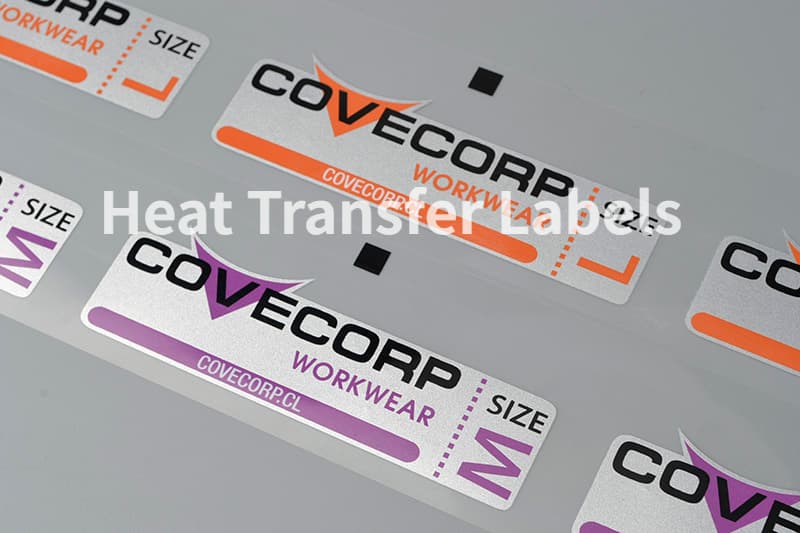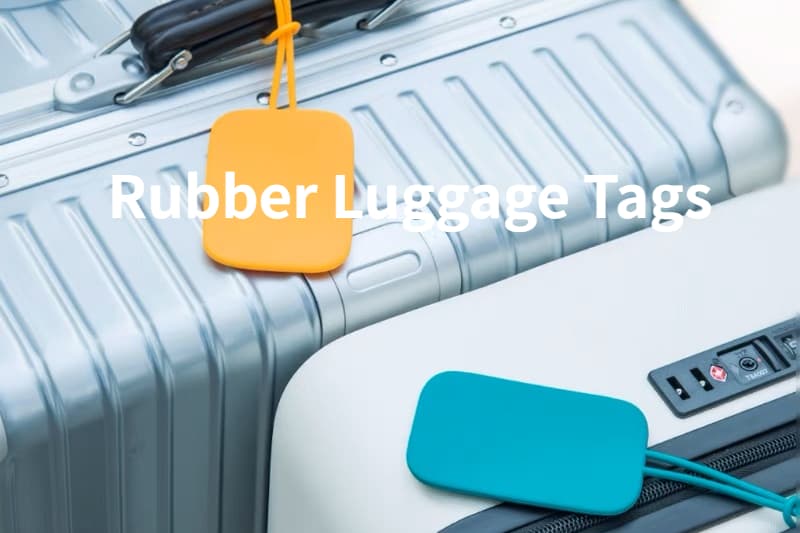Rubber labels show soft touch and 3-D effects, under which are PVC labels and silicone labels for sportswear such as swimsuits, wet suits, ski suits, etc. These labels can withstand harsh weather. Even in the sun, wind, rain, and snow, they stay intact and maintain their shapes and colors. In addition to sportswear, the rubber labels are perfect for backpacks, footwear, and a wide range of other items deemed weather resistant.
Here, we proudly own a selection of rubber labels with options in various colors, different shapes, sizes, thicknesses, backings, etc. Their great look, amazing design flexibility, and durability help create more unique brand identification than just woven ones. Our 2D rubber labels and vivid 3D rubber labels can always suit a variety of clothing styles. We use precision tooling and injection molding to give sharp details to your rubber labels.
Gallery of rubber labels
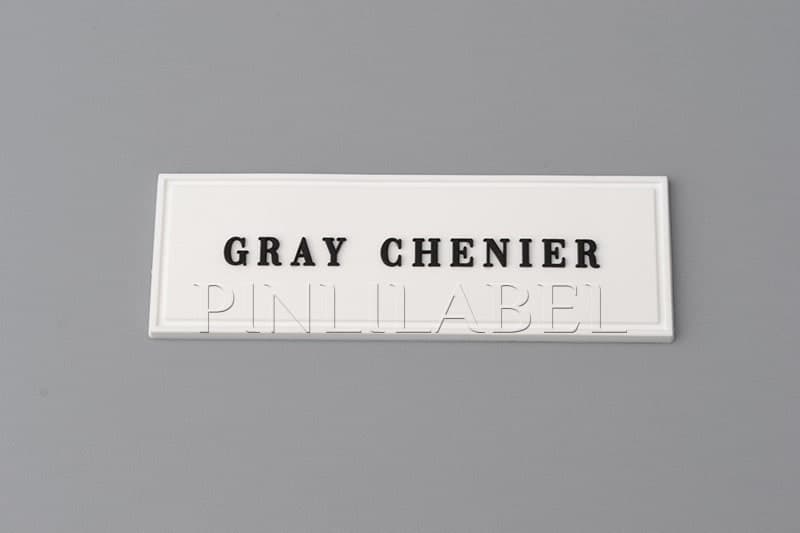
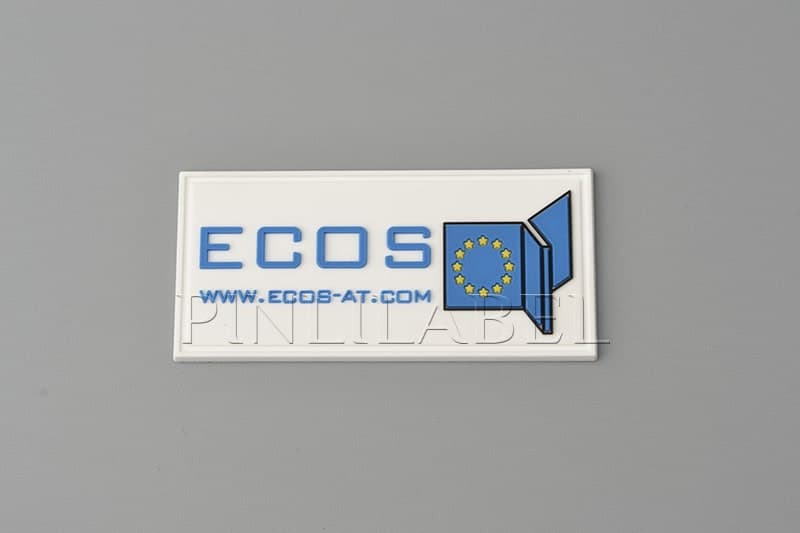
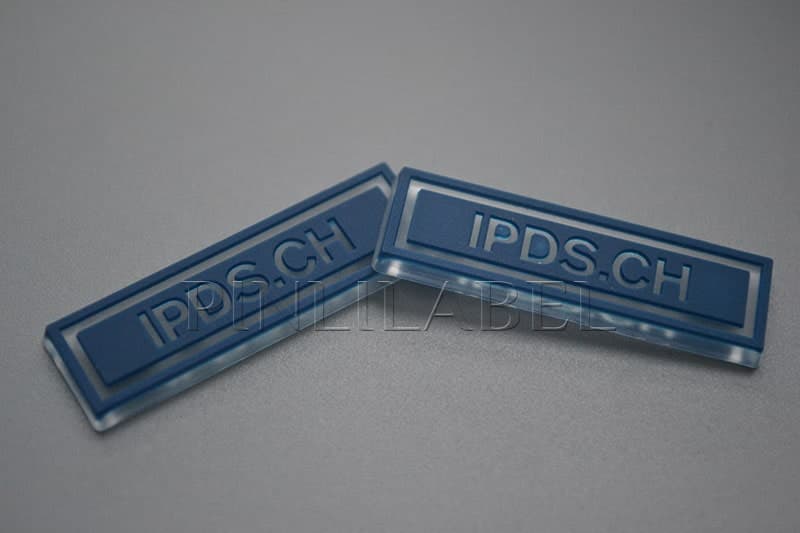
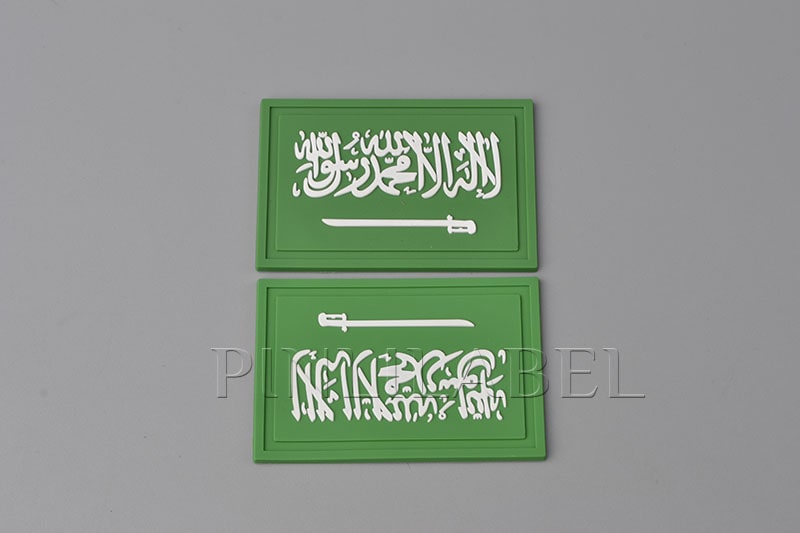
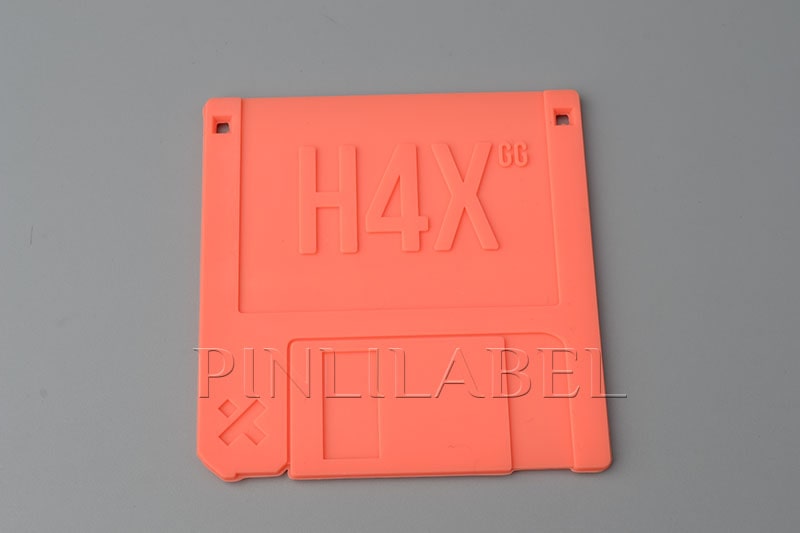
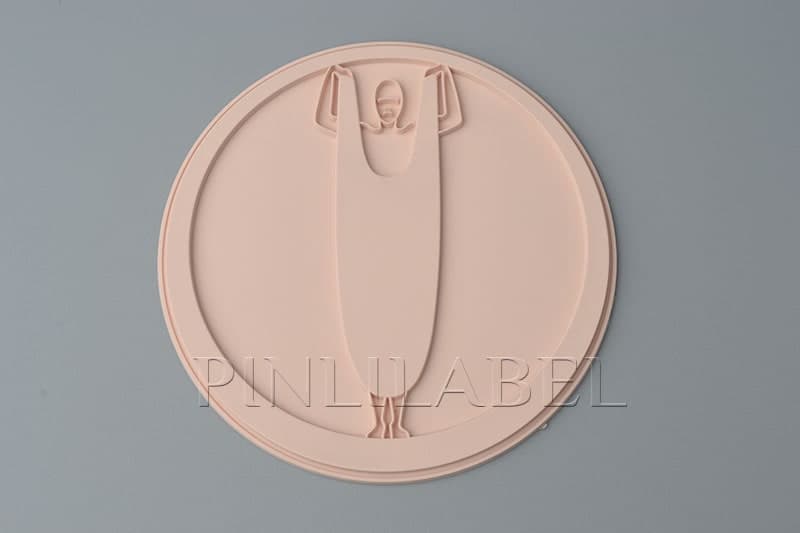
Silicone labels VS PVC labels
What’s the feature of rubber labels?
Chunky and textured
Rubber labels have a better sense of depth than woven labels.
Raised graphics and debossed logos offer your labels a distinctive 3-D effect with thickness, adding intrigue and texture to your garment.
Lightweight and durable
They have been known to last more than 5 years in the harshest of conditions. It is hard to tear the labels. What’s more, rubber labels are the best choice for swimwear or wet suits since they do not absorb water and can withstand consistent exposure to it. Chrome and salt water can cause a fabric label to fade over time.
Flexible and vivid
Silicone labels, especially, can bend and stretch a little if you pull or twist them. They can always return to their original shape. Additionally, after the labels are poured from the mold, you will receive labels that are exactly the same as your design.
What are the differences between rubber and fabric labels?
Traditional woven labels or printed labels are typically made of woven thread and are placed inside the product. They are commonly used as main labels, flag labels, or care labels. The rubber labels, on the other hand, are injection molded from PVC or silicone so they’re both durable and soft. They are frequently found on the product’s exterior. It is possible to create almost any shape, color, or even a translucent background. Furthermore, even when exposed to the product, our PVC rubber labels and Silicone rubber labels will not fade.
In what situations can rubber labels be used?
Known for their durability, lightweight, and vividness, rubber labels are great for sportswear such as swimwear, ski suits, wet suits, footwear, backpack, hats, etc. You can also see them connected with work gear such as ski gear, climbing gear, etc. Besides sportswear, custom rubber labels can be used on bags and outdoor equipment.
Get custom rubber labels from Pinlilabel
Make your clothing pop with custom rubber labels. We are a highly experienced rubber label/tag manufacturer with over ten years of experience producing PVC LOGO labels, silicone tags, custom rubber name labels, rubber luggage tags, and rubber clothing tags. We can help you if you need a rubber label/tag maker. Pinlilabel, a branch of ClothingLabels.cn, focuses on label support for all types of start-ups.
Q&As
1. How do I attach rubber labels to my items?
Sewing is the method that is most advised for securing them. There is a sewing channel in the shape of a circle to make stitching easier. Sewing offers solutions that are robust, long-lasting, and everlasting. Additionally, velcro, self-adhesive backing, snap buttons, and magnets are also options.
2. How can you transfer my LOGO to the rubber labels?
By embossing or debossing on both sides.
3. What’s your minimum order quantity?
100 pieces.
Get a Free Quote
Pinlilabel offers personalized labels for clothing, custom buttons, packaging, buckles, garment trims, and accessories in one-step shopping with 1-to-1 support.
